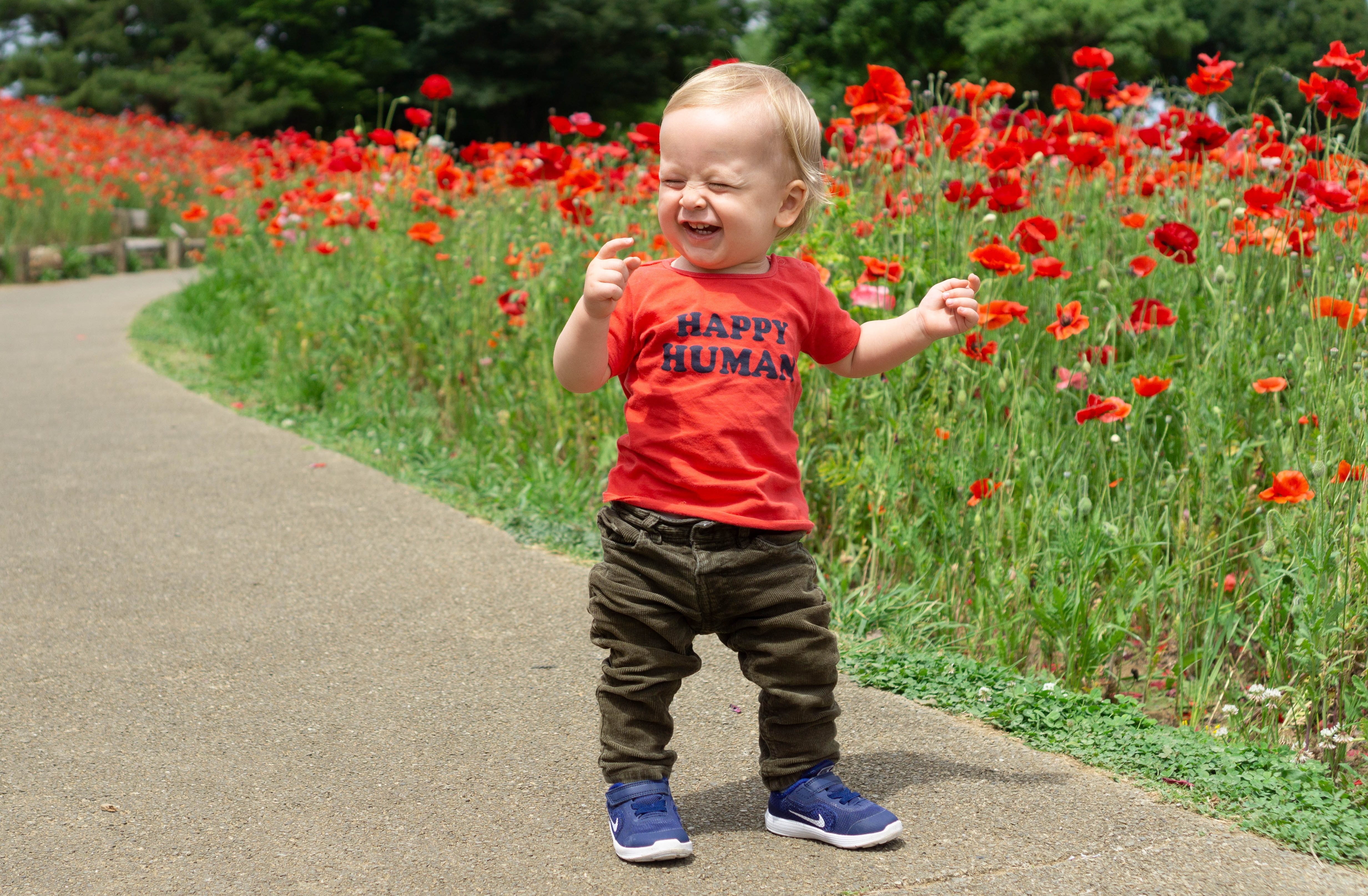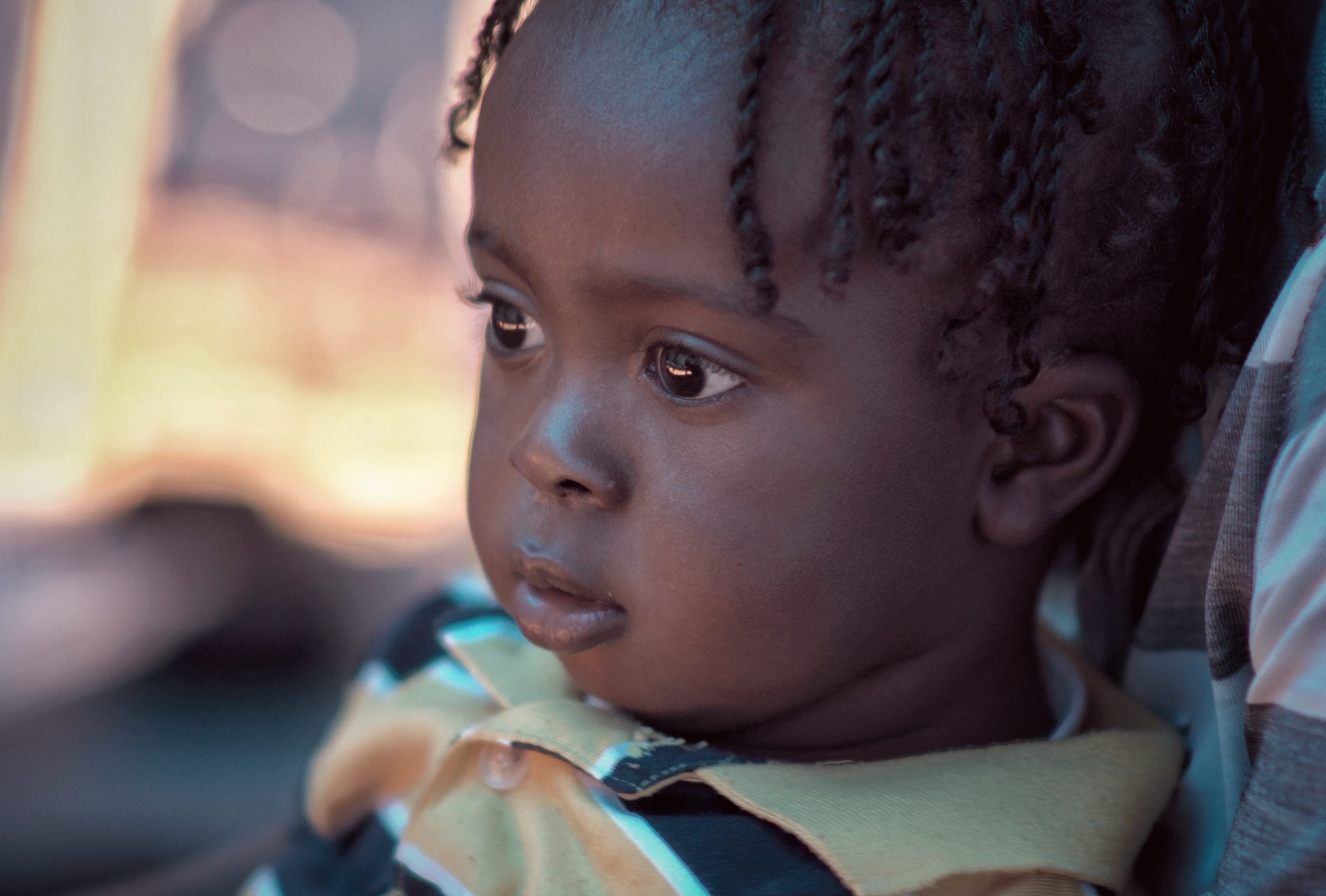The amount of knowledge that we process and integrate as we age from infancy to adulthood is overwhelming. From walking to learning concrete and abstract concepts, there are endless options for researchers in developmental psychology. At the Laboratory for Infant Studies, our research focuses on the areas of locomotor and perceptual development.
Locomotor Development
How do infants cross obstacles in their environment?
For a baby, most objects in their paths are obstacles that they need to react to and navigate around them. What we want to study are the details of how infants navigate around obstacles. For example, what factors affect their ability to move effectively? How do they balance themselves when crossing barriers? Age group: 14-16 months old or 24-26 months old and walking independently
How does the changing beat of a metronome affect the cadence of infants’ walking?
Research shows that adults modify their walking speed based on the rhythm of a metronome. What our study looks at is how early this phenomenon occurs in infants. Age group: 3-5 years old and walking independently.
How do motor skills relate to cognitive development in childhood?
Previous research demonstrates that motor development in infancy predicts later cognitive performance in childhood. Using similar methods as our current locomotion studies, we aim to track how these measures influence later development. This study will be longitudinal which means we would be assessing your child at two different time points, six months apart. Age group: 23-40 months old and walking independently.


Perceptual Development
How do infants perceive and discriminate between different types of object motion?
(1) Research has found that environmental complexity has an impact on infants and children’s ability to perceive and act. In this study, we investigate whether background complexity has an impact on infants’ perception of simple motion displays. Age group: 8-13 months.
(2) Worldly events can be unidirectional–occurring usually in only one direction, or bidirectional–occurring usually in both directions (i.e. both forwards and backwards). In this study, we investigate whether infants are sensitive to the differences between unidirectional and bidirectional movements by showing them displays of people performing simple everyday tasks. Age group: 8-13 months.